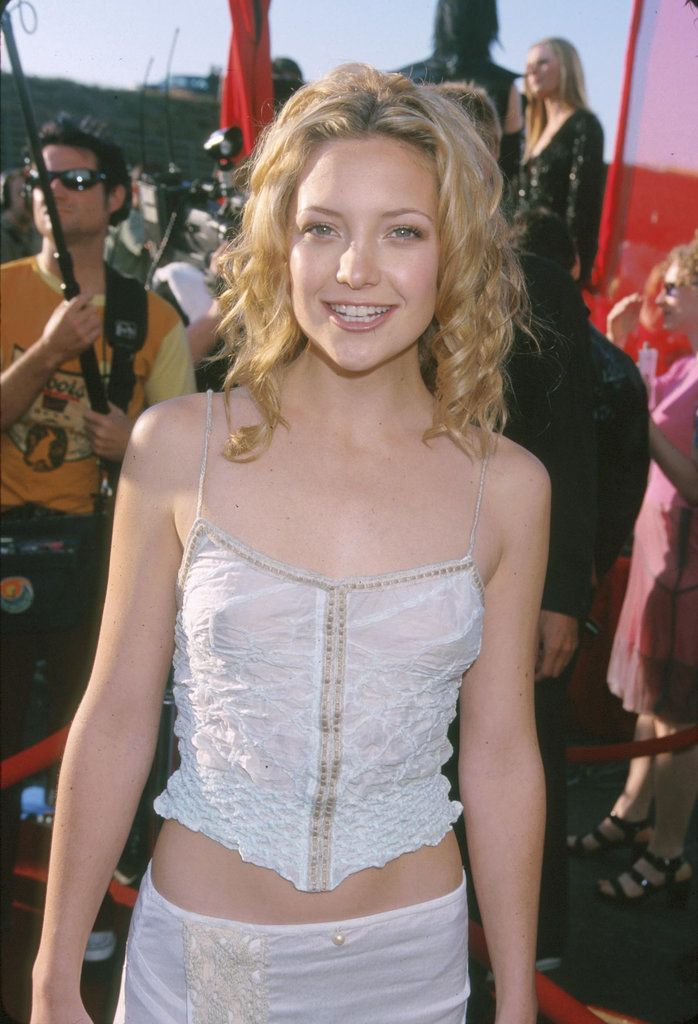
We revisit “Almost Famous” because it remains one of the few rock-era stories that marries coming-of-age warmth with the bittersweet glare of fame. We focus on Kate Hudson’s luminous turn as Penny Lane—a portrayal that won a Golden Globe and earned an Academy Award nomination—because it crystallizes why this film continues to resonate. We examine how performance, script, sound, and image converge to build a character who is both mythic and heartbreakingly human.
Video: Almost Famous – Tiny Dancer
Context: Cameron Crowe’s Semi-Autobiographical Canvas
We begin with the film’s foundation. Writer-director Cameron Crowe draws from his teenage years touring with bands as a journalist. We see the 1970s rock circuit through young William Miller’s eyes—hotel corridors, tour buses, backstage promises—yet our attention returns, again and again, to Penny Lane. We argue that Crowe’s viewpoint makes Penny the emotional axis: she is the dream the music sells and the cost that dream exacts.
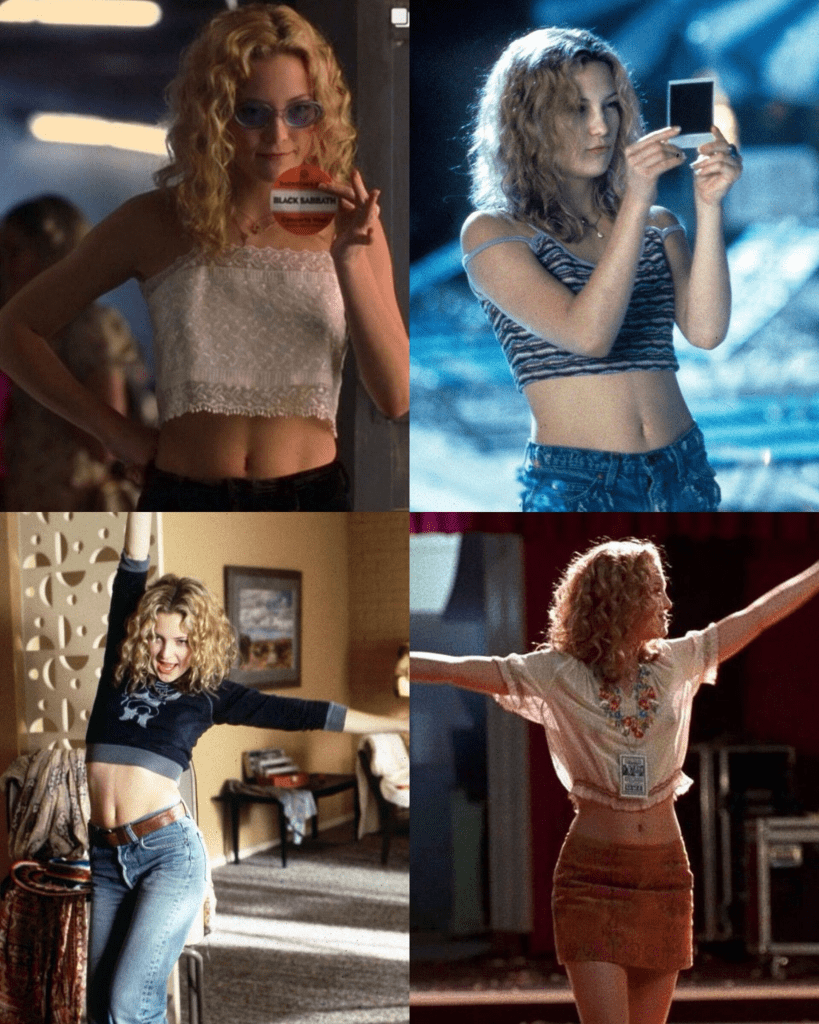
Story Snapshot: Fame, Innocence, and the Price of Belonging
We follow William as he shadows Stillwater, an up-and-coming band whose tensions mirror the era’s ego and excess. We watch friendships tested, loyalties bartered, and identity forged in motion. Penny enters as a “Band-Aid,” insisting she supports the music, not the men. We identify this nuance as crucial: Penny’s presence reframes the groupie stereotype and turns it into a study of agency—limited, compromised, but defiantly her own.
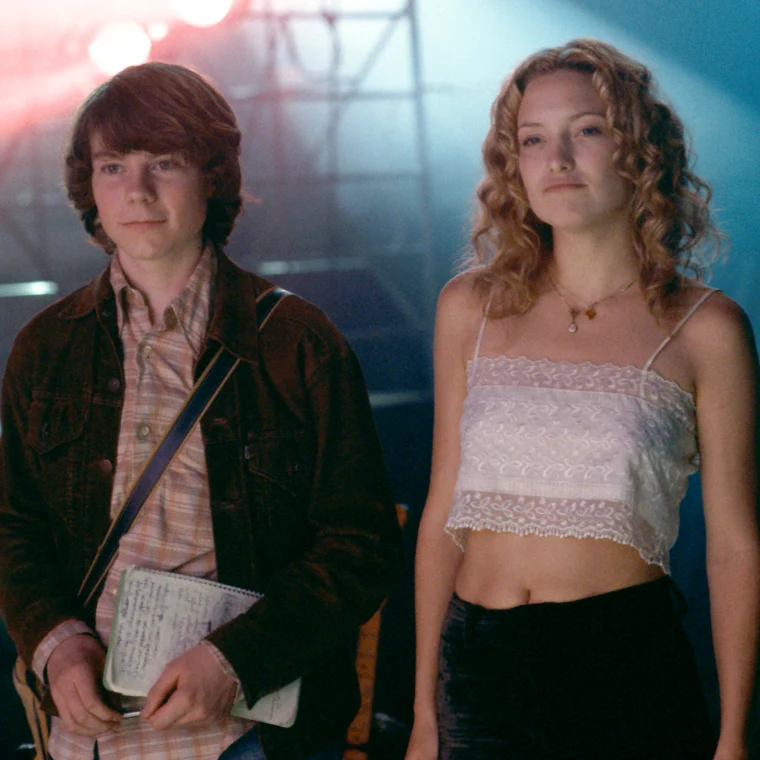
Character Architecture: How Hudson Builds Penny Lane
We analyze Hudson’s craft across micro-choices:
- Voice and cadence: We hear a breezy, conspiratorial lilt that makes “It’s all happening” feel like a manifesto.
- Physicality: We observe floating walkways, coats swirling like flags, eyes landing a heartbeat longer than expected.
- Gaze work: We note how Hudson tracks power dynamics; Penny often looks at others as if she sees the version of themselves they wish they were. That generosity gives the character gravity.
- Vulnerability under veneer: We see smiles that arrive half a second late; they telegraph the effort it takes to remain radiant in rooms that run on attention.
Video: Kate Hudson Rewatches How to Lose a Guy in 10 Days, Almost Famous, Bride Wars & More
Iconic Scenes: Anatomy of Emotional Beats
We study the “Tiny Dancer” bus sequence because it reveals the movie’s thesis. When the tour family fractures, music sutures the wound. We notice Hudson in the periphery, head swaying, eyes softening—not the loudest body on the bus but the quiet fulcrum that allows everyone else to breathe again. We consider the late-night hotel scenes where Penny and William share confessions. We read Hudson’s stillness as a protective ritual; the pauses do as much as the lines. We look at the party scenes, where glitter coats loneliness; Hudson’s smile glows, yet her shoulders tell another story. The duality is the performance.
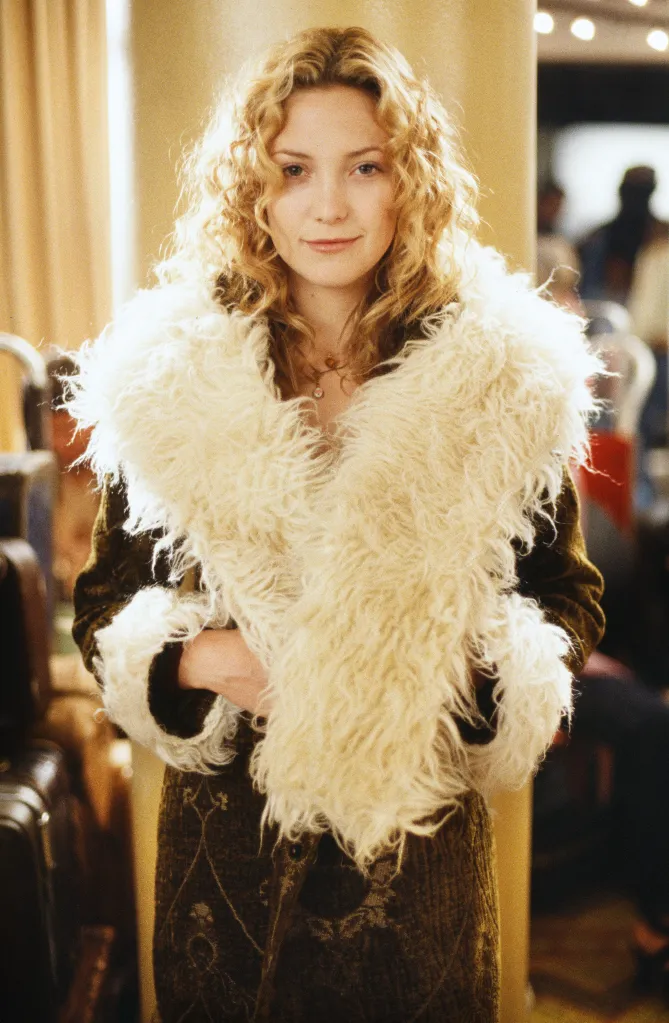
Themes We Track: Adoration, Autonomy, and the Cost of Glamour
We frame Penny as the embodiment of a central paradox: we want to be near brilliance, yet proximity can burn. We track three thematic threads:
- Belonging vs. self-possession: We see Penny curate a family on the road while negotiating how much of herself she can afford to give away.
- Myth vs. person: We note how others project fantasies onto her, while she tries to keep a private self alive behind a name that is not her own.
- Dream vs. debt: We observe how the dream of music demands tribute—time, youth, illusions—and how Penny pays in advance.
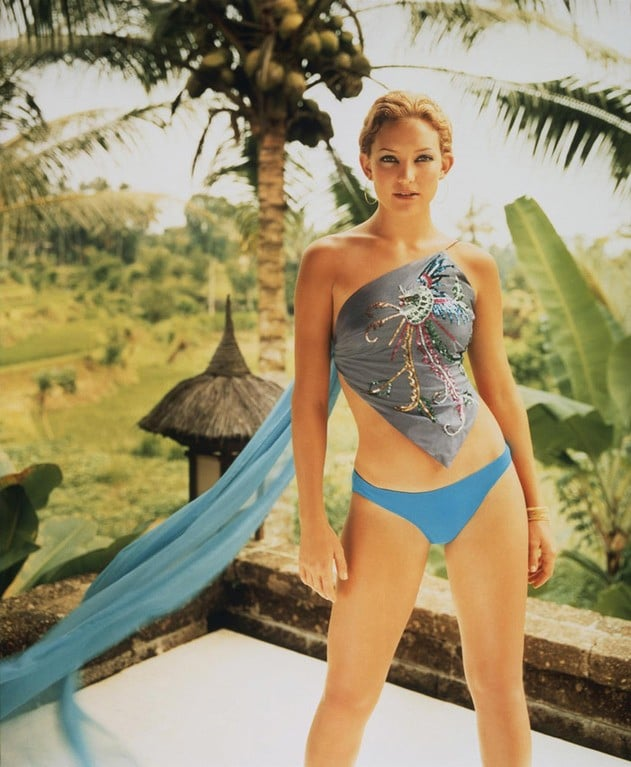
Cinematography and Costume: Visualizing a Living Myth
We examine how the camera often frames Penny in soft, amber light. We read this as an aesthetic decision that makes the 1970s feel present tense and makes Penny’s silhouette iconic. We analyze wardrobe—particularly the shearling coat—as a storytelling anchor. The coat moves like a banner, announcing Penny’s arrival long before a line is spoken. We emphasize that Hudson uses costume as instrument: she twirls the hem to punctuate jokes; she gathers it close when walls go up.
Video: Kate Hudson Performs a Doo-Wop Version of Ariana Grande’s “7 Rings”
Soundtrack as Narrative Engine
We argue the soundtrack does more than evoke an era; it choreographs emotion. We connect Penny’s arc to specific songs—moments where lyrics mirror subtext. We highlight that the music doesn’t merely adorn scenes; it advances them. When bodies stop negotiating, songs keep the conversation going. We identify this integration as a key reason the film remains endlessly rewatchable.

Reception and Cultural Footprint
We recall that Hudson’s performance drew wide acclaim, culminating in a Golden Globe win and an Academy Award nomination. We note how Penny Lane became a cultural shorthand for a certain bohemian magnetism—part guardian angel, part cautionary story. We point out that the character helped reframe the conversation around women in rock culture, pushing audiences to see care, taste, and community-building where stereotypes once flattened complexity.

Why the Performance Endures for New Audiences
We propose three durability factors:
- Specificity over cliché: We see human quirks where a lesser film might settle for archetype.
- Emotional available light: We feel scenes illuminated from within; the film doesn’t need to shout to be heard.
- Mature tenderness: We notice the film’s refusal to punish or absolve; it simply witnesses. Hudson’s Penny stands at the center of that ethic.
Lessons for Creators and Marketers
We extract applicable takeaways:
- Build characters with contradictions: We advise writers to let charm and fragility co-exist; audiences commit to tension they recognize in themselves.
- Use wardrobe and props as verbs: We encourage directors to give performers objects they can act with; meaning multiplies when hands are busy.
- Let music carry narrative weight: We recommend allowing songs to solve plot problems—reconciliation, confession, catharsis—without overwriting them.
- Cast for empathy, not just charisma: We stress that star power lasts when it channels care; Hudson projects warmth that invites identification.
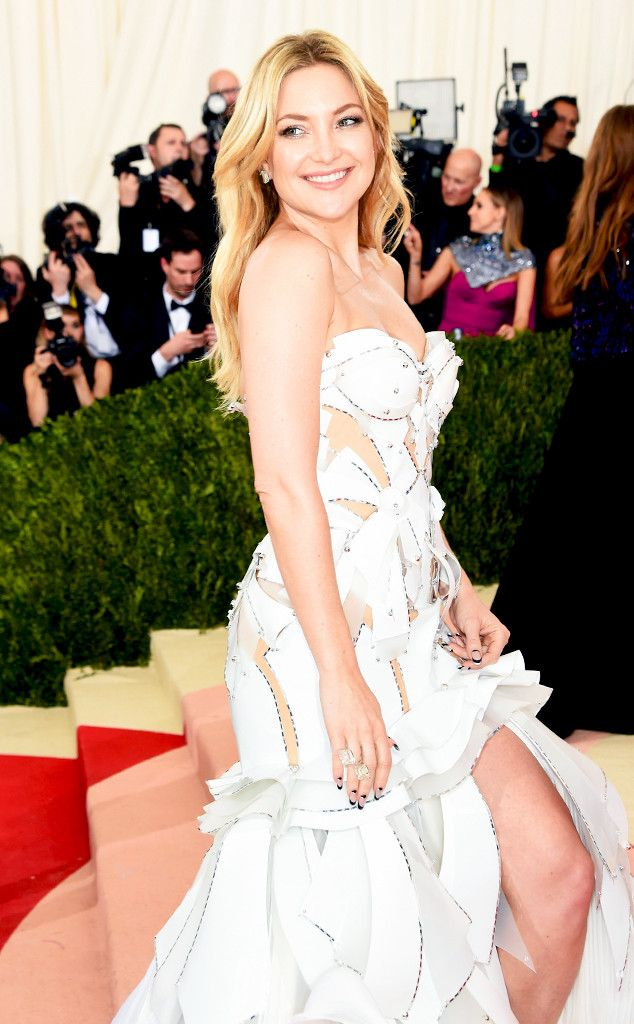
Comparative Note: Positioning Within Hudson’s Career
We place “Almost Famous” alongside later comedies and dramas to show range. We argue that Penny Lane forecasts Hudson’s facility with romantic timing, ensemble rhythms, and the long beat before a laugh. We maintain that this performance became a compass—pointing to roles where wit, resilience, and open-heartedness drive the story.
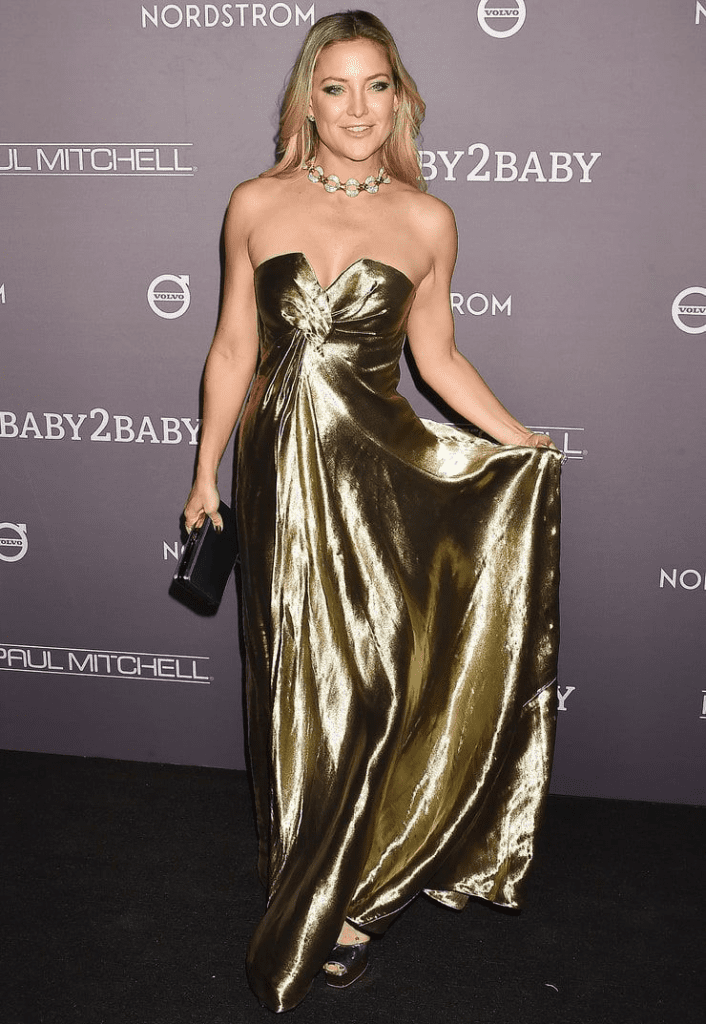
We close by affirming that Penny Lane endures because she carries two truths at once: she is the room’s glow and its ache. We contend that Hudson’s work gives the film its grace note—the delicate, steady tone that lingers after the amps power down. We return to that voice, that coat, that half-smile, because we recognize our own tug-of-war between belonging and becoming. We keep watching, and the character keeps giving back.